Best energy drinks for cycling: Tasty and effective fuelling
Fuel and hydrate correctly on your next ride with the best energy drinks

When it comes to fuelling your rides, there are a few ways to go about it. Ultimately, what you want to do is consume carbohydrates, and these can come in various forms. One of the easiest of them all is by adding those carbohydrates to your water bottles, and this is exactly the approach adopted by the best energy drinks.
In this guide, we'll be referring primarily to sport-specific energy powders that are mixed into the bottles on your bike, since that is the approach most commonly adopted by cyclists. However, we appreciate there is an adjacent market for pre-bottled or canned energy drinks such as Red Bull or Lucozade.
We've already rounded up our pick of the best energy bars and the best energy gels, and now it's time to round up the other common choice, drinks. Most commonly found in bulk bags or tubs of flavoured powder, the main aim of all energy drinks is to provide a mix of carbohydrates and water, often with the addition of electrolytes to help maintain hydration.
We've spent the past few months tasting and testing energy drinks to see which are the best for fast fuel, long rides, stomach sensitivity, value for money and more, keep reading to see which we went for. Alternatively, if you're after some advice on how to choose, head to the bottom for our detailed buying guide.
Best energy drinks for sport available today
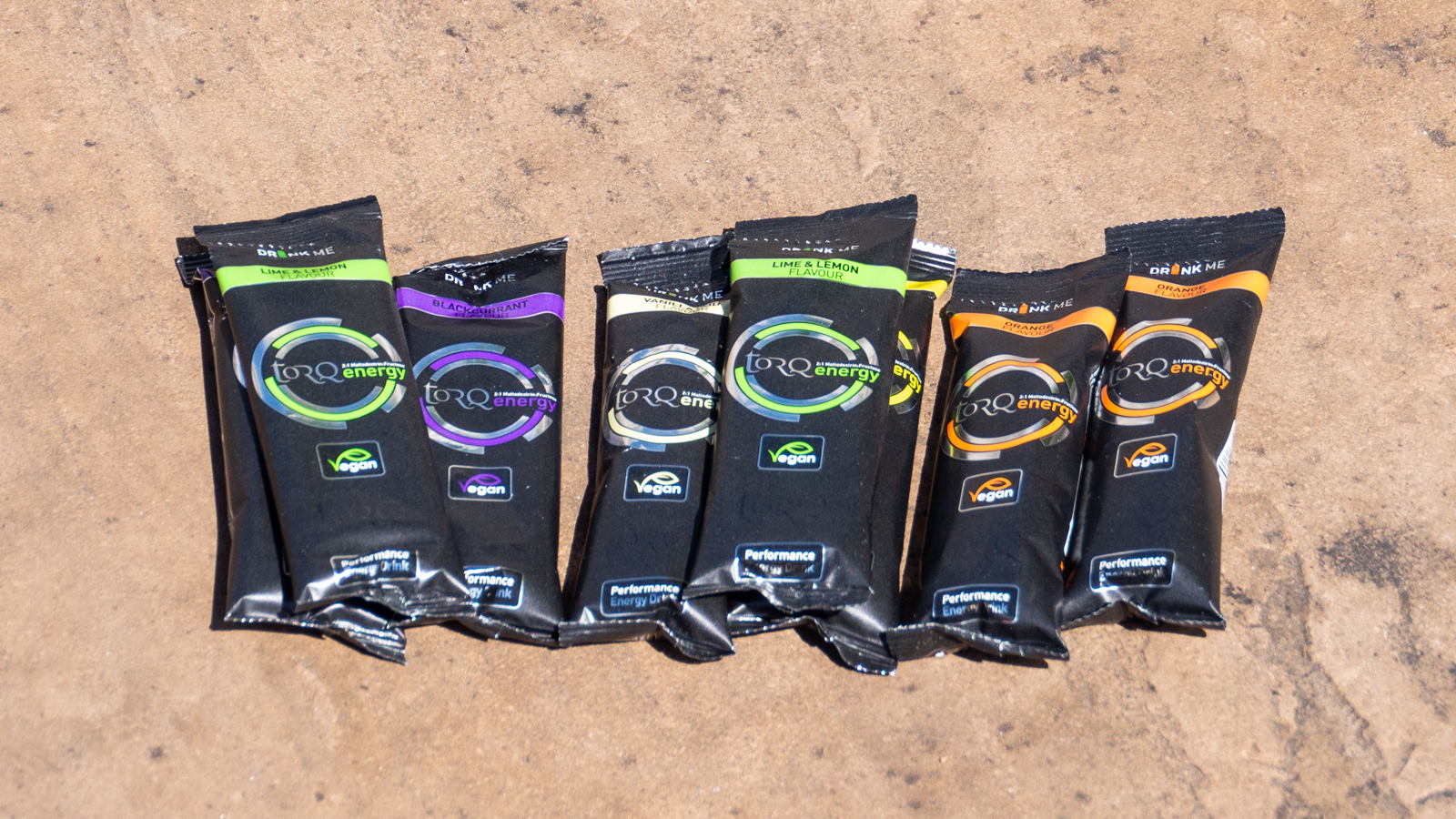
Torq Energy
Specifications
Reasons to buy
Reasons to avoid
Torq's Energy drink powder makes up a four-part ecosystem of fuelling products from the brand. Like the gels, chews and bars, the drink powder comes with 30g of carbohydrate per serving. This is less than most of today's best energy drinks, especially those designed with fuelling performance at the centre of focus, but it makes Torq the ideal choice for athletes looking to spread their intake across different types of food and drink. This is good for colder days, when drinking isn't quite as essential.
The drink sees a two to one ratio of glucose to fructose, which allows you to consume up to 90g per hour. There are seven flavours to choose from, plus a caffeine-added cola flavour. In our opinion, the lime & lemon is best. All are available in single-serve sachets, 500g or 1.5kg bags.
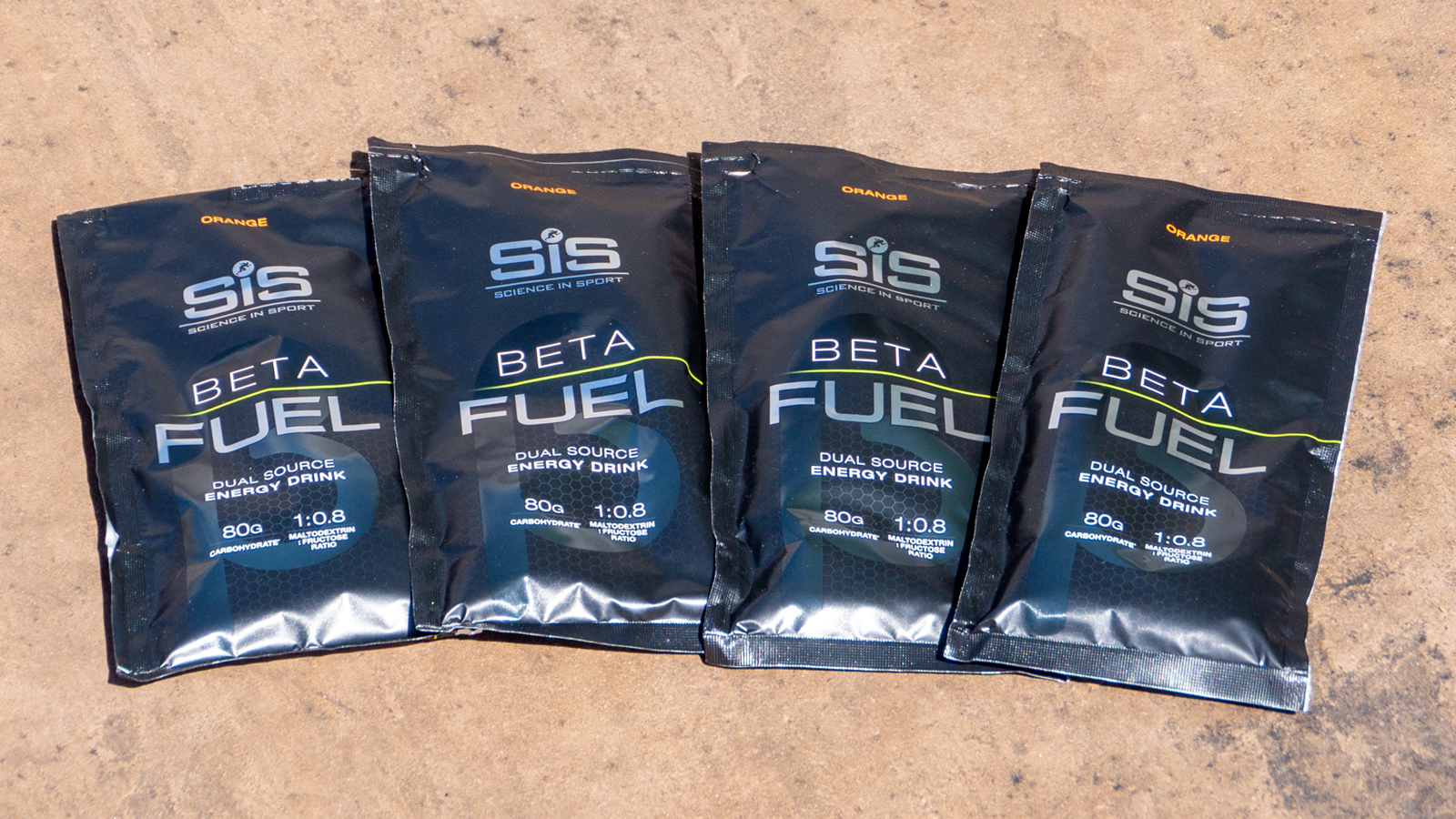
SIS Beta Fuel
Specifications
Reasons to buy
Reasons to avoid
While the 2:1 ratio of glucose to fructose was the long-established understanding of what the body could process, recent research suggests the fructose component of that can be pushed higher, up to 48g in an hour. This means a new ratio of 1:0.8, which is what SIS uses with Beta Fuel.
This provides 80g of carbohydrates per serving, meaning 45g of glucose and 35g of fructose, and is isotonic to help it travel through your system more smoothly. It's great for anyone wanting to get all - or most - of their fuel from their drinks, but it does mean it tastes pretty sweet. It is only sold in single-serve sachets (available in multipacks) rather than a large bulk bag or tub. This is great for making sure you get the correct amount each time (and for taking them with you on long rides), but it does make it tough if you want to adjust how much you put in your bottles.
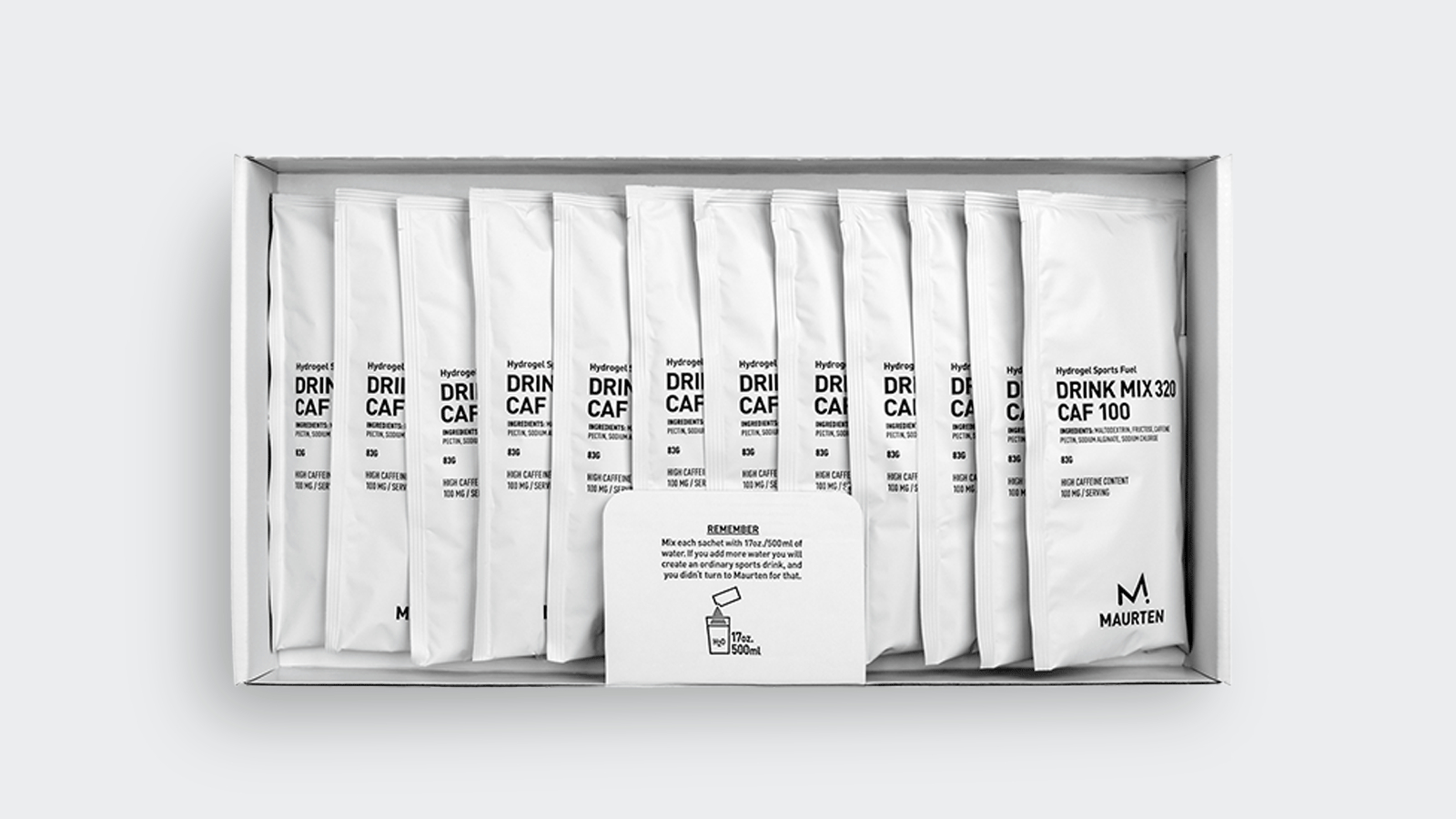
Maurten 320 CAF
Specifications
Reasons to buy
Reasons to avoid
Maurten's 320 CAF, like Beta Fuel, contains carbohydrates in the modern 1:0.8 ratio, with a total of 79g per serving in single-serve sachets, but that's about where the similarities end.
Maurten comes with a flavour-free formula, while also packing in 100g of caffeine per sachet. Moreover, when the carbohydrates hit the acid of the stomach, Maurten says the drink is converted to hydrogel, which is then transported more smoothly to the intestine to be absorbed. Ultimately, we've no evidence to back this up, but can attest to how quickly and effectively it boosts our performance. If you're unconvinced, just know that it was the fuel of choice of Eliud Kipchoge during his sub-two-hour marathon.
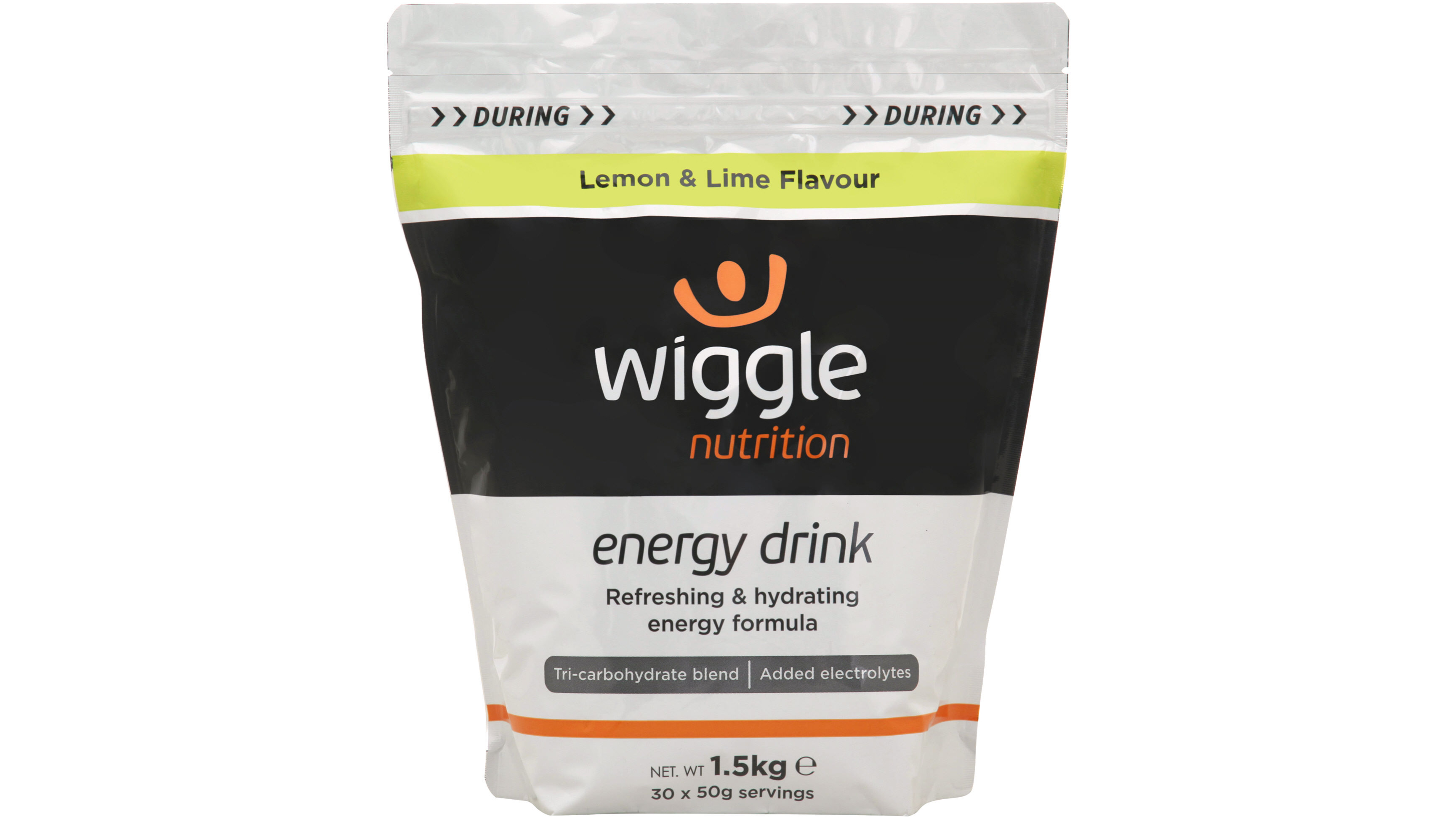
Wiggle Nutrition
Specifications
Reasons to buy
Reasons to avoid
There's no denying it, some energy drinks are expensive. Maurten and Skratch are the two highest cost-per-serving on this list, and while they are beneficial for certain athletes in their own ways, many people will simply not want to spend so much. If you're not looking to maximise carb intake with clever technologies and just want to keep the fire burning inside while you're working out, then this own brand nutrition from Wiggle is perhaps the best energy drink for you. It's not the cheapest option on this list, but it is the cheapest pre-made product.
Per serving, it provides 45g of carbohydrate in a mix of dextrose (aka glucose), maltodextrin (which are long-chains of dextrose that absorb more slowly) and fructose (the type of sugar found in fruit). There's no confirmation as to the exact ratio, so if you're looking to push the limits of fuel intake, you'll need to look elsewhere. The lemon and lime flavour also mixes to a strange dark green, which isn't the most appetising, but the taste isn't too bad.
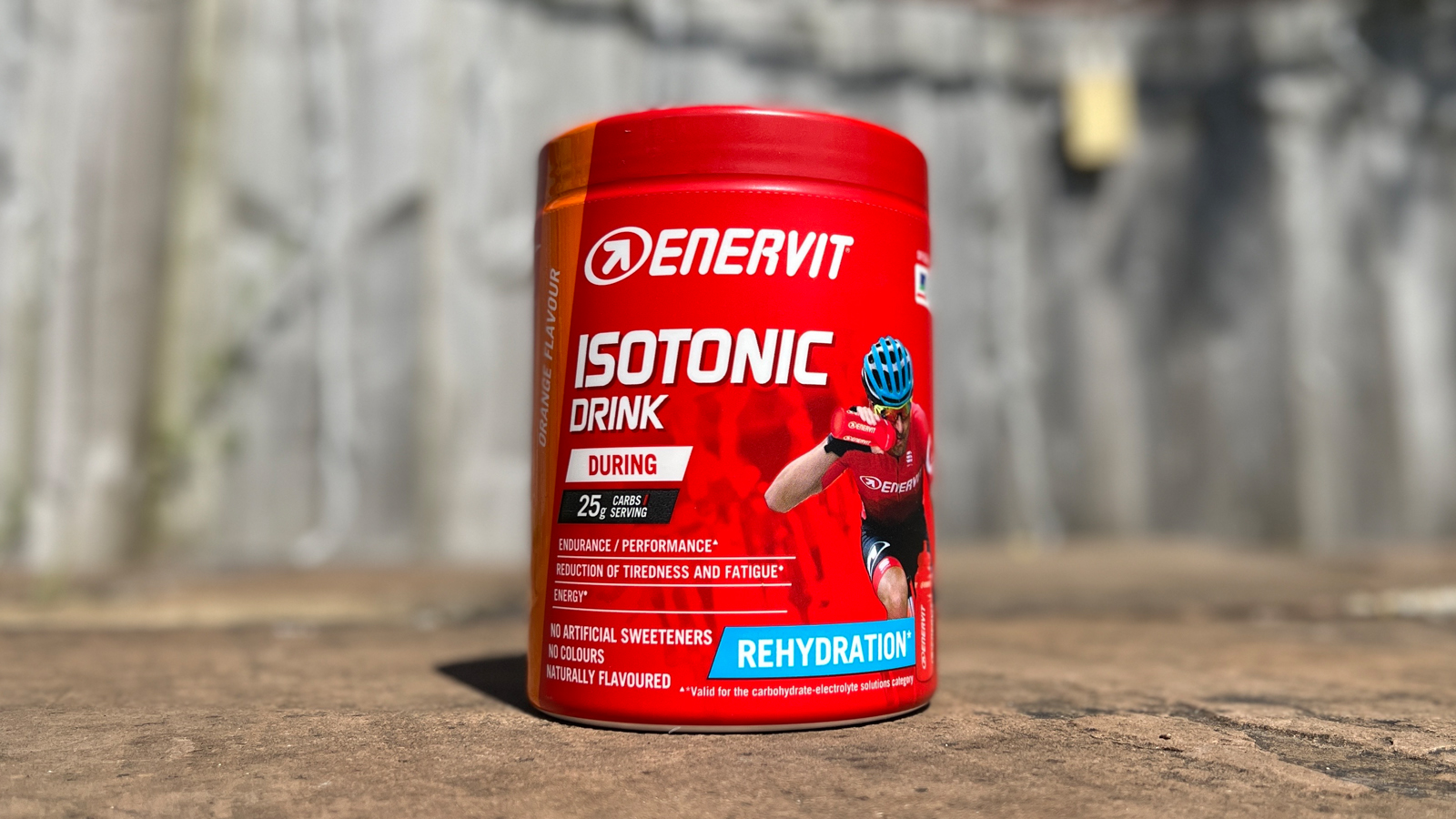
Enervit Isotonic
Specifications
Reasons to buy
Reasons to avoid
For many people, part of the reason for buying energy drink is the added electrolytes and vitamins it provides, not just the carbohydrates. If that's the case for you, then Enervit's Isotonic mix is likely one of the best energy drinks for you. It does offer 25g of carbohydrate per serving, meaning fuel is still being provided, but alongside that there's a host of added hydration- and health-boosting ingredients such as vitamin D, vitamin C, Niacin and more.
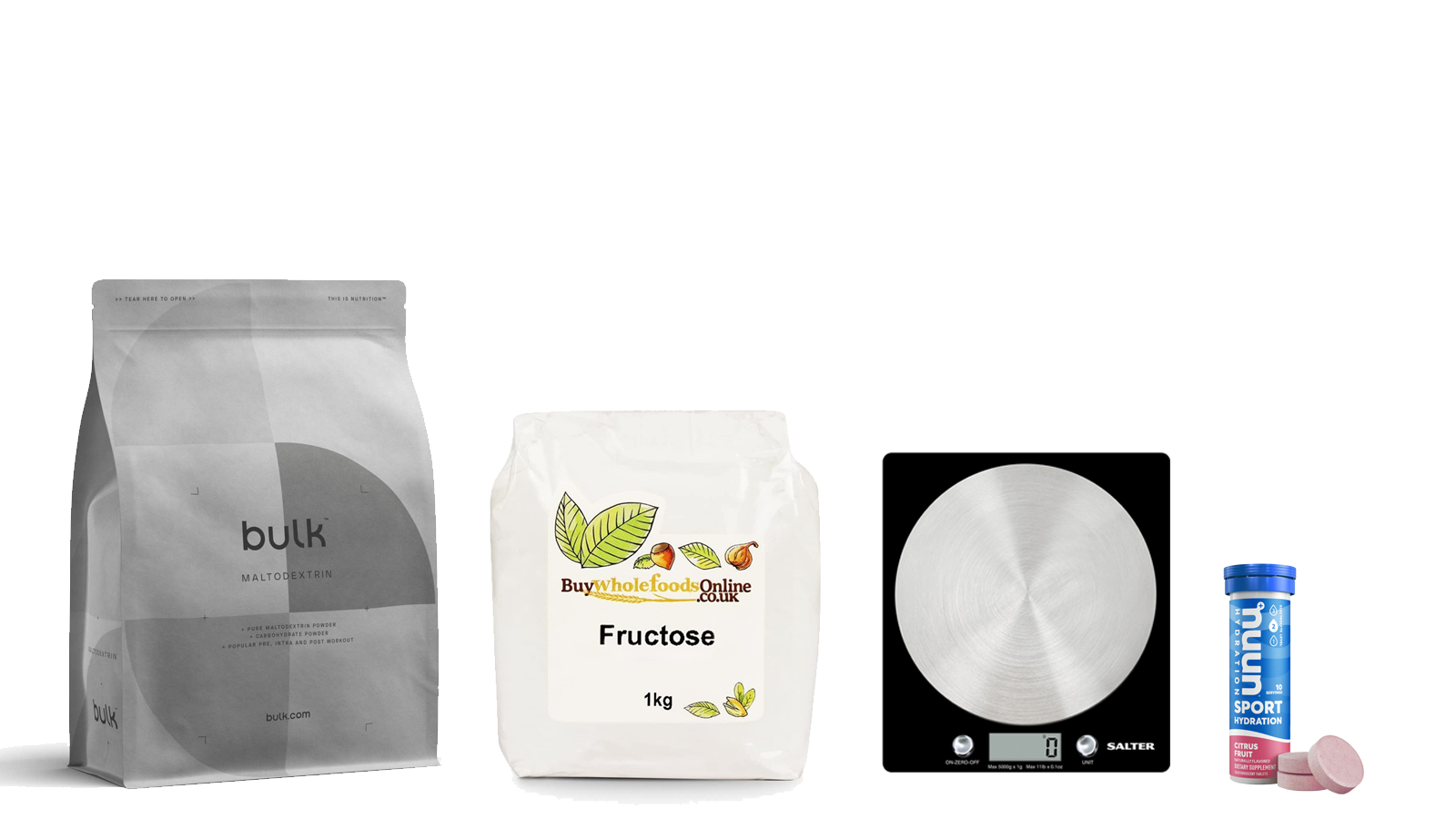
Make your own
Specifications
Reasons to buy
Reasons to avoid
As highlighted in our best energy gels guide, often the cheapest way to fuel your rides is to simply make your own, and the same applies with drinks too. In fact, it's perhaps even easier with drinks, since you're already doing most of the work by buying the powder and mixing it in a bottle.
Our go-to recipe for this is to buy a 1kg bag of maltodextrin or dextrose and a similar-sized bag of fructose from Amazon. You can then either mix them in bulk using a larger plastic tub, partially mix them in bulk, or you can keep them entirely separate and combine them as you make your drinks. You can choose to mix to whatever ratio you choose - we often follow the latest research of 1:0.8 like Maurten 320 and SIS Beta Fuel. We then add in a splash of blackcurrant or the squeeze of a lime for flavouring. On hot days, we drop in a gram of table salt or if we have them to hand, an effervescent hydration tablet from Nuun.
Sucrose (aka good old fashioned table sugar) is technically a mix of 1:1 glucose and fructose, so you can save even more money by pairing this and adding in a bit of dextrose. However, sucrose does take longer to become effective as it needs to be broken down first, so we only use this on training days.
What do the specifications mean?
- Carbohydrates per serving: This is the amount of carbohydrate (in grams) per suggested serving from the manufacturer.
- Price per serving: Based on the price of buying a 500g bag (or as close as possible), this is the amount you'll end up paying per serving.
- Glucose:fructose ratio: The ratio of glucose to fructose that a product consists of.
- Flavours available: This is the quantity of flavours available.
How to choose the best energy drink for you
To choose the best energy drinks for you, you'll need to assess what it is you need from the product you choose. Are you looking for maximum carbohydrate intake to fuel high-intensity work, or are you simply looking to top up your fuel stores during longer slower rides? Do you care for added electrolytes for hydration or added vitamins, or do you want nothing but a high concentration of carbohydrates? What flavours do you like? How much are you willing to spend? All of these are questions you'll need to answer.
Glucose to fructose ratio explained
For decades, scientists believed that the body was limited to processing a maximum of one gram of carbohydrate (more specifically glucose) per minute, or 60g per hour.
That understanding eventually expanded to encompass different transporters within the small intestine, specifically the GLUT5 transporter, which acts on fructose. For a while, it was believed that in addition to the one gram per minute of glucose, your body could process 0.5 grams of fructose. This created the commonly-known ratio of 1:0.5 (or 2:1), and pushed the total to 1.5g per minute or 90g per hour. This formula is still widely used by many of the best energy drinks.
However, the latest research points to an increased ability to process fructose, up to 48g per hour for a maximum per-hour capacity of 108g. The research into this topic is ever-evolving, the total ability differs from athlete to athlete, and it's widely accepted that the gut can be 'trained' to improve. Our advice would be to start small and build the total intake.
How we test
Testing for energy drinks is a multi-step process. It starts with a read-through of the drinks' ingredients and nutritional composition to check how much fuel the drink is actually going to provide. The next step is a taste test, which helps us to rule out any that don't actually taste like the label suggests it will. We also use the products during exercise, following the manufacturer's dosage instructions, to see how it affects our performance and if it causes any gastric distress. We also spent some time working out the cost per serving, as explained above.
Get The Leadout Newsletter
The latest race content, interviews, features, reviews and expert buying guides, direct to your inbox!

Josh is Associate Editor of Cyclingnews – leading our content on the best bikes, kit and the latest breaking tech stories from the pro peloton. He has been with us since the summer of 2019 and throughout that time he's covered everything from buyer's guides and deals to the latest tech news and reviews.
On the bike, Josh has been riding and racing for over 15 years. He started out racing cross country in his teens back when 26-inch wheels and triple chainsets were still mainstream, but he found favour in road racing in his early 20s, racing at a local and national level for Somerset-based Team Tor 2000. These days he rides indoors for convenience and fitness, and outdoors for fun on road, gravel, 'cross and cross-country bikes, the latter usually with his two dogs in tow.